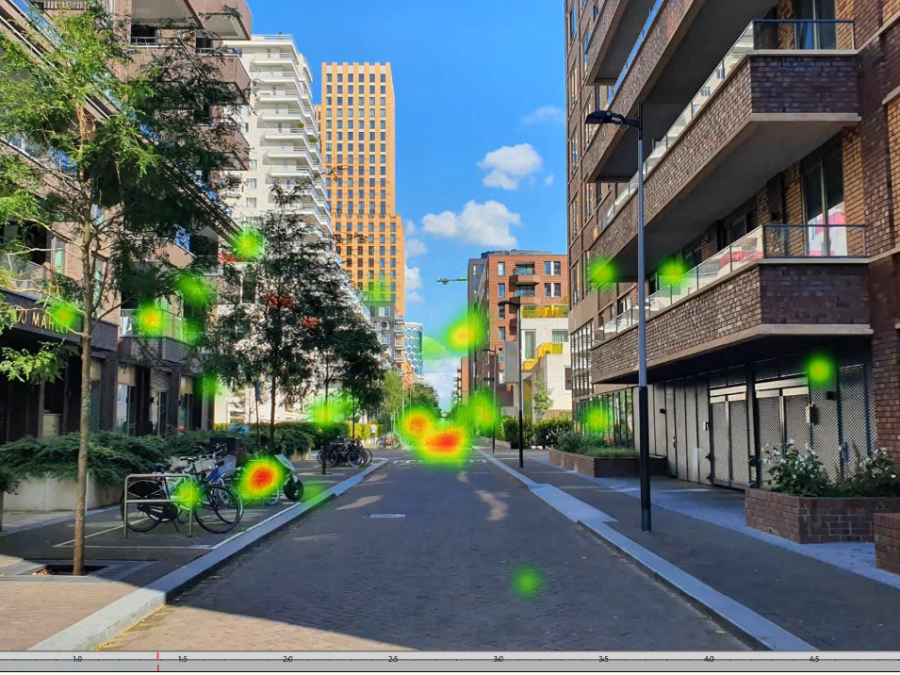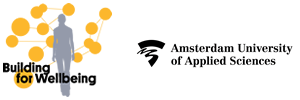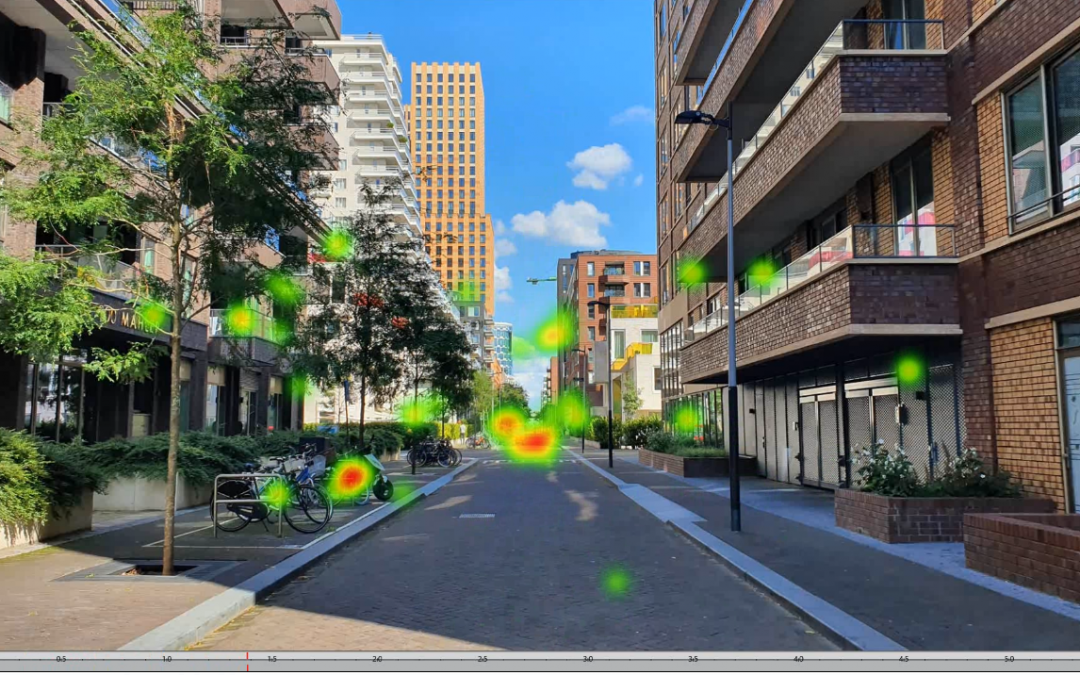Eye-Tracking the City: Matching the Design of Streetscapes in High-Rise Environments with Users’ Visual Experiences
Journal of Digital Landscape Architecture & GSD Harvard (2020)
Large cities in the West respond to an ever-increasing shortage of affordable housing by accelerating the process of urban densification. Amsterdam, for instance, aims to increase its housing stock by 10 percent in the next 15 years as its population is expected to grow by 20 percent. As in other cities, it seems inevitable that high-rise buildings with higher skyscrapers than in the past will be built within the existing urban fabric. Such large-scale (re)development projects shape the conditions for inhabitants’ eye-level experiences, perception of place and overall well-being. The new hybrid field of neuroarchitecture offers promising eye-tracking technology and theories for measuring inhabitants’ visualexperiences of the city and rethinking the effectiveness of applied design principles across the globe. In this paper, the ‘classic’ design solutions for creating streetscapes on a human scale in densified areas have been assessed by eye-tracking 31 participants in a laboratory setting, all of whom viewed photographs of 15 existing streetscapes in high-rise environments. The study drew on theories from the fieldof neuroarchitecture and used input from a panel of (landscape) architects and urban designers to design the research and analyze the eye-tracked patterns. The results indicate that the classic design principles (horizontal–vertical rhythms and variety; active ground floor; tactile materials) play a significant role in people’s appreciation of the streetscape and that their attention is unconsciously captured by the presence of these principles. The absence of the design principles seems to result in a scattered ‘searching’ eye-movement pattern. This also suggests that a coherent design of streetscapes in high-rise environments may contribute to a human scale at eye-level.



